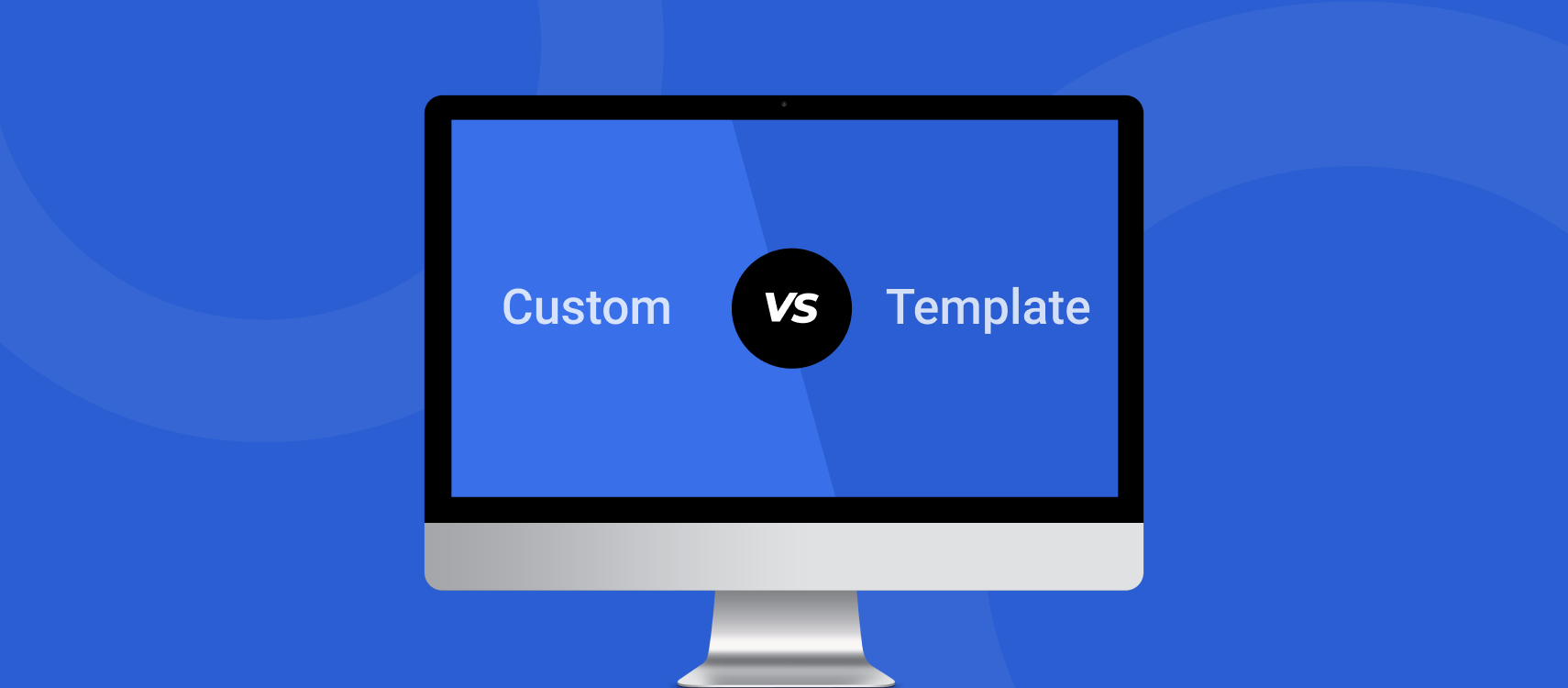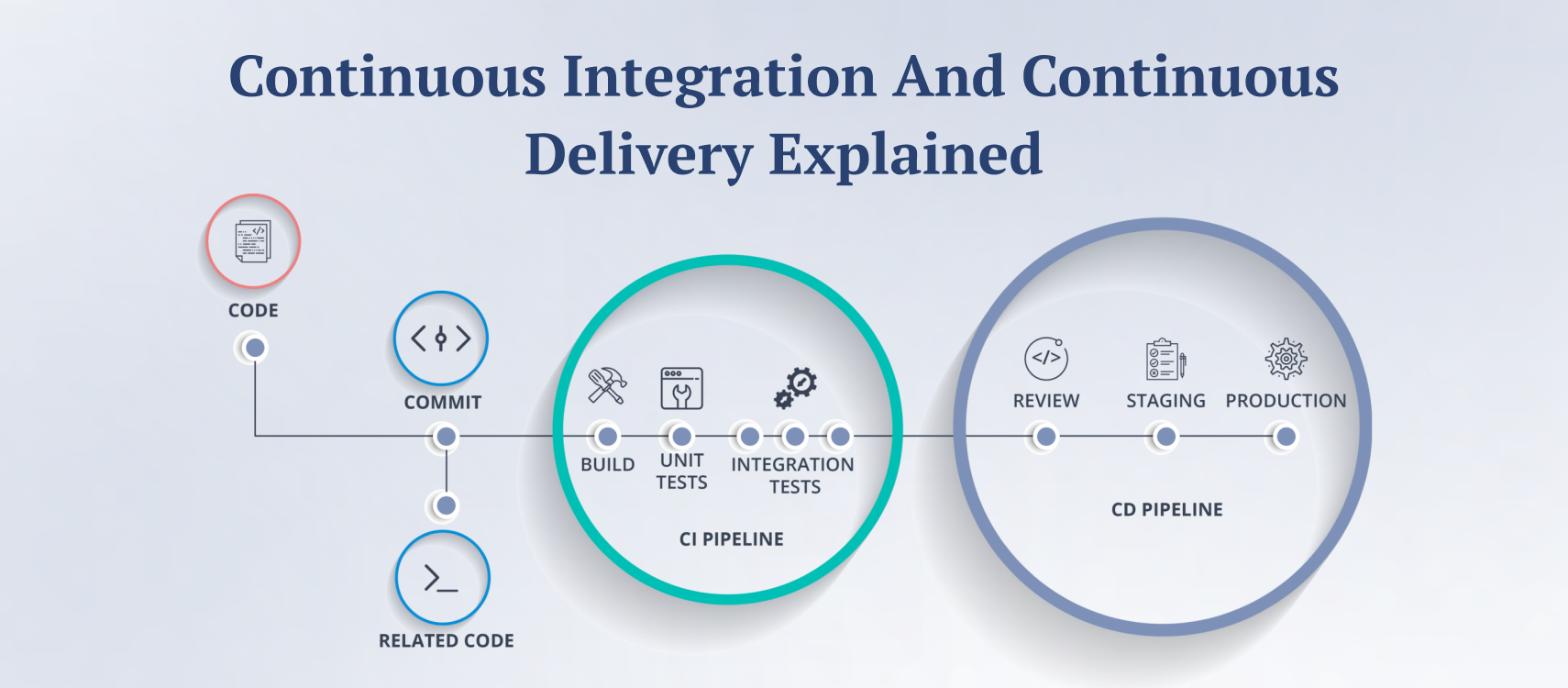Table of Contents
- Website Templates
- Custom Design
- Making the Right Choice
- Choose Website Templates
- Choose Custom Design
- Summarising
These days, a website is generally regarded as the basic digital footprint for businesses, organizations, and professionals. When it comes to creating a website, one of the fundamental decisions you’ll face is whether to use website templates or opt to hire web design professionals for a custom design. Each approach has its own set of advantages and drawbacks. In this blog post, we will take a closer look at the pros and cons of using website templates and custom design to help you make an informed decision that aligns with your specific needs and goals.
Website Templates
Pros of Using Website Templates
1. Cost-Effective
Website templates are generally more budget-friendly than custom designs. They often come at a fraction of the cost of hiring a web designer or agency to create a site from scratch. This affordability makes ecommerce website templates an attractive option for small businesses wanting to shape their online stores.
2. Time-Efficient
Templates offer a rapid solution to getting your website up and running. They come pre-designed and pre-coded, which means you can significantly reduce the time needed to launch your site. This speed is especially advantageous if you need a website quickly to establish your online presence.
3. Beginner-Friendly
Website templates are designed with user-friendliness in mind. You don’t need advanced coding skills to work with templates. Many templates are built on content management systems (CMS) like WordPress or platforms like Wix, which offer intuitive interfaces for content updates and management.
4. Wide Variety
The market for website templates is vast and diverse. You can find templates tailored to various industries, niches, and styles. Whether you run a photography portfolio, an e-commerce store, or a personal blog, there’s likely a template that suits your needs. With leading e-commerce CMS platforms, you have all sorts of ecommerce website design templates that suit your needs.
5. Responsive Design
Many modern website templates are responsive, meaning they automatically adapt to different screen sizes and devices. This is crucial for providing a seamless user experience and ensuring your website looks great on desktops, tablets, and smartphones.
6. Regular Updates and Support
Reputable template providers often offer updates and support, ensuring that your website remains secure and compatible with the latest web technologies. This helps you maintain a functional and up-to-date site without much effort.
Cons of Using Website Templates
1. Limited Customization
While templates provide a degree of customization, they come with limitations. You may encounter restrictions in altering the layout, structure, or certain design elements. Achieving a truly unique look and functionality can be challenging within the confines of a template.
2. Less Originality
Since templates are available to a wide audience, other websites may have a similar appearance or layout. This lack of originality can diminish your brand’s uniqueness and make it harder to stand out in a crowded online space.
3. Complex Modifications Require Skills
While basic customization is user-friendly, making complex modifications often requires knowledge of languages like HTML, CSS, and JavaScript. If you lack these skills, you may need to hire a developer, which can increase your overall costs.
4. Performance Concerns
Some templates, particularly those with excessive features or animations, can negatively impact website performance. Slow-loading pages can lead to higher bounce rates and dissatisfied visitors.
5. Limited Scalability
As your business grows, you may find that your template-based website lacks the scalability and flexibility needed to accommodate new features and functionality. This can necessitate a migration to a custom-designed site in the long run.
Custom Design
Pros of Custom Design
1. Unique Branding
Custom-designed websites are tailor-made to align with your brand identity. This level of customization allows for a unique and memorable online presence, helping your business or organization stand out in the digital landscape.
2. Enhanced Functionality
With custom design, you have complete control over the features and functionality of your website. You can implement specific requirements, such as advanced e-commerce capabilities, custom databases, or unique user interfaces that align with your business goals.
3. Optimized Performance
Custom-designed websites can be optimized for top performance. Developers can fine-tune every aspect of the site to ensure fast loading times, smooth user experiences, and compatibility with the latest web standards.
4. Scalability and Flexibility
A custom-designed website can grow with your business. You can easily add new features and functionalities as your needs evolve. This scalability is particularly beneficial for businesses planning long-term expansion.
5. SEO Advantage
Custom websites offer greater control over search engine optimization (SEO). Developers can optimize every element of the site, from code structure to content, to improve visibility in search engine results. This can result in higher organic traffic and better search rankings.
Cons of Custom Design
1. Higher Costs
Custom-designed websites tend to be more expensive than using templates. The development process involves more time, effort, and often a team of designers and developers, which can increase the overall cost significantly.
2. Extended Development Time
Building a custom website is a time-consuming process, especially when starting from scratch. It may take longer to launch your site compared to using a template.
3. Ongoing Maintenance
Custom websites require ongoing maintenance and support to ensure they remain secure, up-to-date, and free of bugs. This can add to the long-term costs of ownership.
4. Dependence on Developers
Custom websites often rely on developers for updates and modifications. If your developer is unavailable or if you switch development teams, it can be challenging to make changes to your site.
5. Complexity for Beginners
For those without technical expertise, managing a custom website can be challenging. Basic content updates are straightforward, but more advanced changes may require developer intervention.
Making the Right Choice
The decision between using website templates and opting for custom design ultimately depends on your specific needs, goals, and resources. Here are some key considerations to help you make the right choice:
Choose Website Templates
- You have a limited budget and need a cost-effective solution.
- Your website project has a tight timeline.
- You are comfortable with a template’s existing design and don’t require extensive customization.
- You have basic web design skills or can handle minor adjustments yourself.
- Your website’s requirements align with the available features of the template.
Choose Custom Design
- Your brand requires a unique and distinctive online presence.
- You have specific features or functionality that cannot be achieved with templates.
- Performance and SEO are critical to your website’s success.
- You anticipate future growth and need a scalable solution.
- You can invest in a professional development team or agency.
Summarising
Both website templates and custom design have their merits and drawbacks. The choice between them hinges on your specific requirements, budget, timeline, and long-term goals. Templates offer affordability and rapid deployment, while custom design provides unmatched uniqueness, performance optimization, and scalability.










